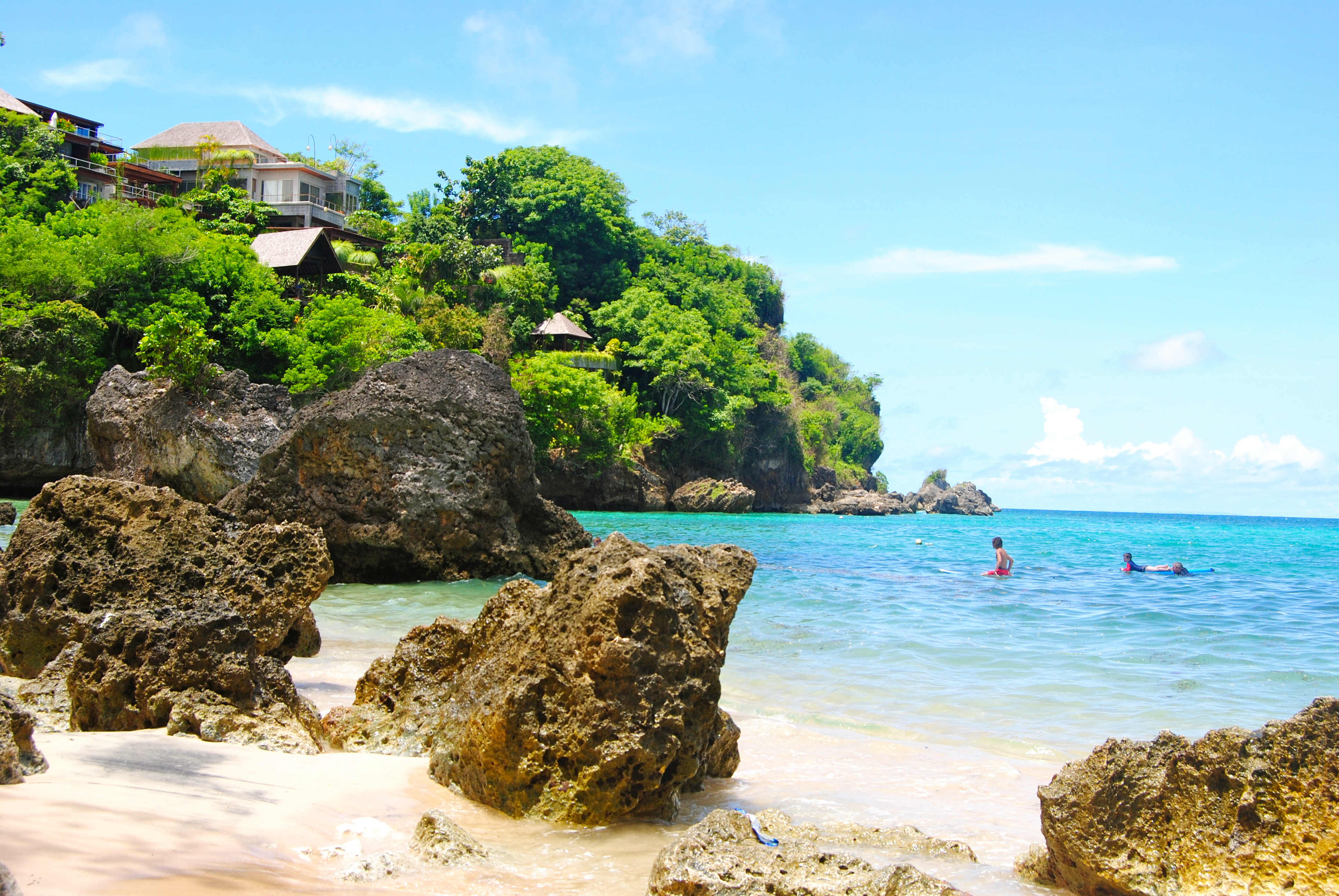

Previously a Dutch Colony, this urban Indonesian area offers an excellent dining scene to its guests. A busy harbour, popular for its products such as rubber, cinnamon, coffee, tea and nutmeg, Padang is a perfect countryside where you can relax and enjoy the scenic beauty that the place has to offer. This study hopefully opens new insights for the development of disaster disciplines and provides access to the development of the study of the history of disasters in developing countries, particularly in Indonesia.Padang, an offbeat tourist destination is the provincial capital of West Sumatra and a prominent gateway to the home of the native tribe, Minangkabau tribe. Historical methods and methodologies were used in this study to combine fragments of information found in contemporary newspapers, especially those discussing the situation of societies and the policies of the Dutch colonial government in dealing with the earthquake of 1926 in Padang Panjang. These narratives become crucial amid the difficulty of finding historical statistical data for disaster studies that depict the chaotic situation caused by natural disasters in the past. * Corresponding author: study explores contemporary newspaper narratives on the devastation caused by the earthquake of 1926 in Padang Panjang, West Sumatra.

Yenny Narny 1 *, Robert Cribb 2, Yudhi Andoni 1 and Ifkar Fikri 1ġ Department of History, Andalas University 25163 Padang, West Sumatera IndonesiaĢ Department of Political and Social Change, Coral Bell School of Asia-Pacific Affairs, Australian National University, Canberra-Australia


 0 kommentar(er)
0 kommentar(er)
